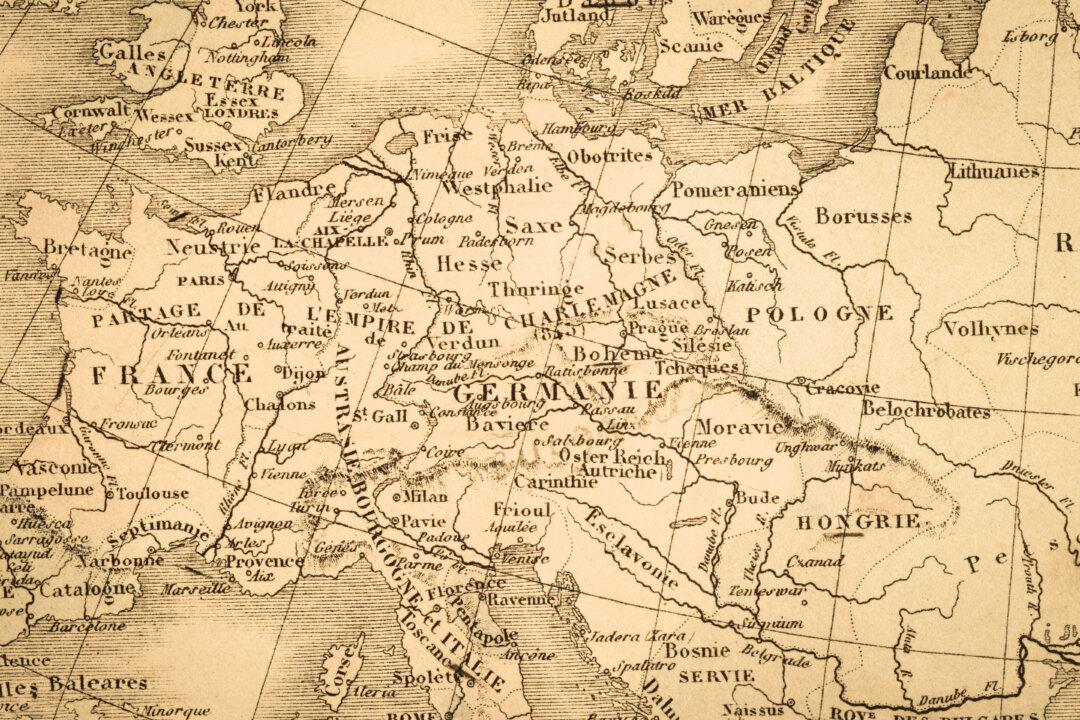Modern economics glorifies economies of scale. Bigger is cheaper, more efficient, better. The same principle apparently holds for government. A single big market, streamlined regulations, free movement of labor all add to prosperity.

Professor Philipp Bagus courtey of Philipp Bagus





